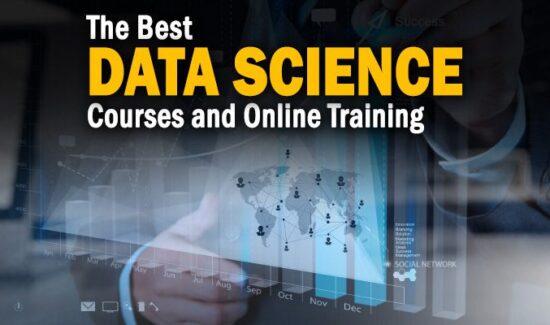Self-Service and Democratization: An Insider’s Take – Part 2

What are the most high-impact BI tools for self-service?
“The schema-free or schema-light approach is a fundamental thing that enables the tools to work the way they work. I think visual first, including more visuals at more stages throughout the process. Tableau’s concept of visual discovery helps because people can tune into things faster visually than through just numbers. I think the browser-based think client [is good too], you can do it from anywhere, you can get updates easily. I think cloud makes that easier as well, it makes the technology roll forward faster than upgrading on-premise technology, which is always a hassle.
The ease of use standard is being set by the mobile apps and the Facebooks of the world, and the consumer apps that people use, and as a result, enterprise software is having to meet that standard. I think that drives adoption; the tools get smarter and require less training. Machine learning in the back-end may be the next frontier of analytics, where the machines do a lot more for you, and you just have to pick and steer the direction of the analysis. There’s a little of that available now, but it’s in drips, and there will be much more of that in the future. I think user experience and browser-based analytics keep data in your analytics department in a scalable, cloud-based platform. Since most of the user cases no longer use a small enough data set where you can put it on your desktop and use Excel, the data has to be in some sort of big data platform and centrally managed in a shared environment.”
Are late adopters of self-service BI losing out on insights?
“I don’t think there’s that many late adopters of self-service BI, except the companies that are stuck with legacy BI systems. All the new companies are going self-service BI from the get-go, but all the enterprises that have legacy, they may have standards and big investments that are hard to unwind, and they are stuck with the tools that they have.”
Are companies who put BI tools in the hands of more non-technical users gaining an edge or doing themselves a disservice?
“That’s a good question, it depends on who’s in the driver’s seat. You need some level of data quality analysis to be done at some point, either by an end-user or an IT group that is provisioning the data. We have tools for data profiling and data cleansing in the product, but they need to be applied at the right point, and that needs to be somehow enforced, whether it’s a do-it-yourself data quality or let somebody else do the data quality for you and then give you the clean data. If you don’t do that then you’ll produce more errors, but I’ll tell you what, you’ll probably produce more errors having tons of developers writing analytics in custom code trying to interpret some business requirement document rather than having the business guy himself use the tool, look at the data he knows about in his area of the business and that he’s responsible for the results of.”
Does company size have an impact on self-service BI adoption? Are large companies or growing business best suited?
“Both. In a small company, there may be no one else to do it for you because the IT department is small. In a big company, the staff is never going to be big enough to keep up with requests, so they are going to need self-service too. When you are a startup, having something be self-service is a godsend; it’s the only way forward. When you’re in a big company, I think it depends, but even they are finding that self-service is critical to their ability to at least be competitive. They can operate with traditional BI and look in the rearview mirror and see what’s going on and adjust, but they’re not going to be competitive, they’re not going to be predictive, they’re not going to understand their customers as well, they’re not going to be as responsive, they’re not going to be as good with their marketing, they’re not going to be as good with their product strategy unless they have a data democratization initiative. Making daily decisions through data basically requires self-service.”
 Matt Schumpert is the Director of Product Management at Datameer. He has been working in enterprise software for 10 years in varying capacities, including sales engineering, strategic alliances, and consulting. He holds a BS in Computer Science from the University of Virginia.
Matt Schumpert is the Director of Product Management at Datameer. He has been working in enterprise software for 10 years in varying capacities, including sales engineering, strategic alliances, and consulting. He holds a BS in Computer Science from the University of Virginia.


































